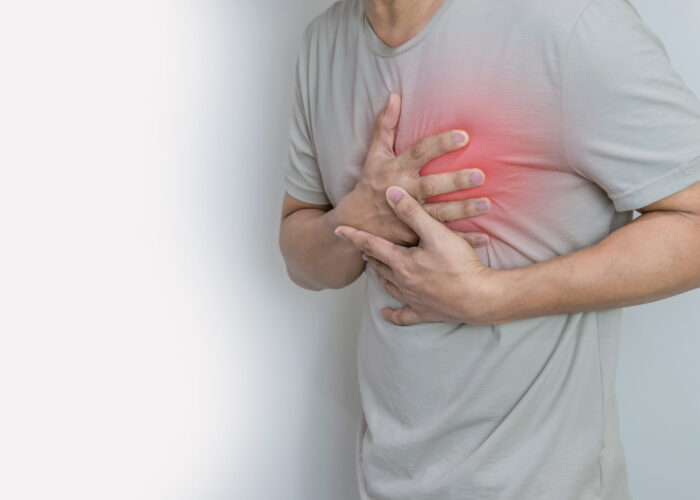
CHEST PAIN
What causes chest pain in children and teenagers?
A variety of factors can cause a child or teenager to feel chest pain. In most cases, chest pain in children and teenagers is not caused by a heart problem.
The most common cause of chest pain in children and teenagers is chest wall pain. “Chest wall” is a term for the structures that enclose and protect the lungs, including the ribs, sternum and muscles.
We do not always know what causes chest wall pain, but it is typically associated with brief sharp pain that is worse when breathing in. Injury to the ribs, sternum or other bones in the chest and back also can cause chest wall pain. There are also a variety of muscles and joints in the chest area that may be sore, inflamed or strained. Causes can include an infection or injury, such as from sports or a fall.
Typical chest wall pain is not treated with medications, although chest wall injuries and inflammation can respond to non-steroidal anti-inflammatory medications, such as ibuprofen. Otherwise, treatment for the chest pain will be dependent upon the underlying cause of the pain.
Sometimes, a cold (upper respiratory infection) or persistent cough can cause soreness and pain in the chest area. Some children will describe acid reflux (“heartburn”) as chest pain. Stress or anxiety may also bring on a feeling of chest pain.
Heart conditions that can cause chest pain in a child include:
- Pericarditis: an inflammation of the sac that surrounds the heart
- Myocarditis: a viral infection of the heart
- Arrhythmias: abnormal fast heart rhythms
- A blockage or other problems with the coronary arteries (the tiny vessels that carry oxygenated blood to the heart tissue)
- Dissection, or tearing, of the aorta, the main artery that directs blood from the heart out to the body
If your child complains of chest pain, and also has a fever, is sweating or having trouble breathing, has a very rapid heart rate, is pale, or has severe pain like a ripping sensation, do not wait — get help immediately! Also, if there is a family history of “aortic dissection,” or tearing of the aorta, or of Marfan syndrome, an emergency evaluation is immediately
needed.
Testing and Diagnosis
Understandably, when your child complains of chest pain, you may worry there is a problem with the heart. In children, though, it’s unlikely that chest pain is caused by a heart problem. However, do not ignore your child's chest pain. Make an appointment with your general paediatrician and explain what your child is experiencing. The doctor will decide whether further tests are needed.
Your general paediatrician might refer you to a paediatric cardiologist. The paediatric cardiologist will listen to your child’s heart and ask questions about the circumstances that led to the chest pain, your child’s medical history, and the family medical history. The doctor will read an electrocardiogram (ECG), a record of the electrical activity of your child’s heart, to determine whether a heart problem may be causing your child’s symptoms.
The doctor might order other tests, such as an exercise stress test, echocardiogram, or chest X-ray, or might send your child home with a Holter monitor to continuously record your child’s heart rhythm as he/ she goes about his/ her normal activities. However, the vast majority of children will not need further testing and will likely be found to have a normal heart.
